Coastal armoring and disappearing beaches; By Gary Griggs
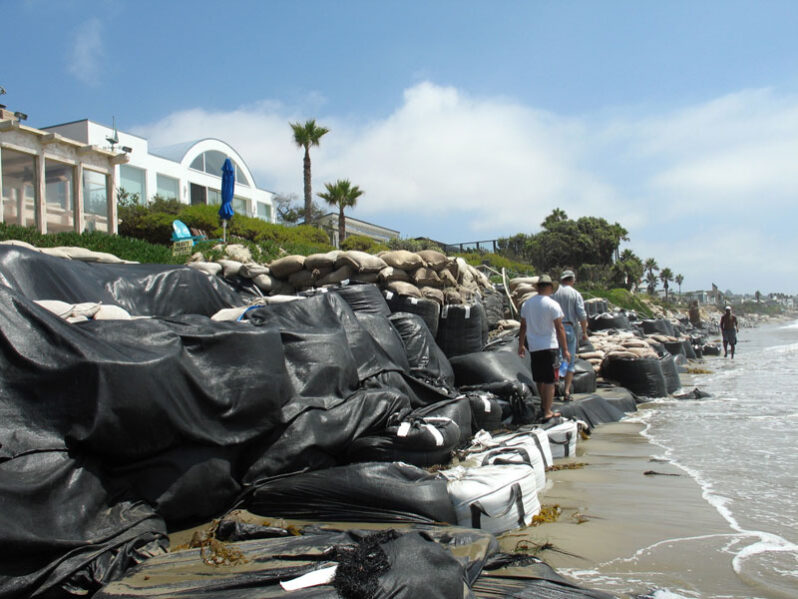
Coastal erosion or retreat is a natural ongoing process that has only become a problem because people have built structures or infrastructure in areas exposed to wave attack and erosion. Beaches, dunes, bluffs and cliffs are all temporary features that will continue to be shaped by wave, wind and tidal forces as well as a rising sea level.
Our Ocean Backyard – Collected Essays – Volume 2; By Gary Griggs

Like the first volume of essays, this second volume explores curious ocean questions. Gary’s stories, which draw upon our rich history of ocean exploration and discovery, are written for anyone with an interest in the oceans.
The Greek islands and their beaches; By Gary Griggs
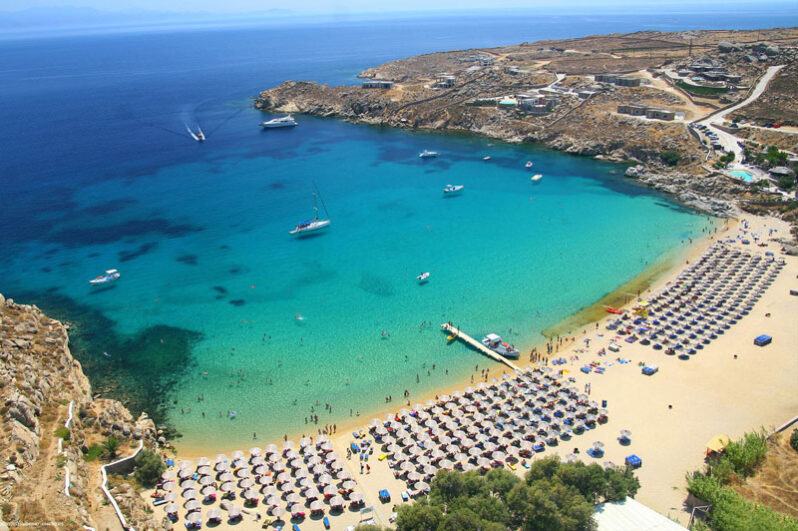
The Eastern Mediterranean, including dozens of Greek islands, have a complex geologic history. This area has been the site of both a primitive ocean that existed 250 million years ago that preceded the present day Mediterranean Sea, and also an area where several very large tectonic plates have been converging for eons.
California’s Coastal Harbors, Beach Compartments and Sand Dredging; By Gary Griggs

Every year the dredge at the Santa Cruz Small Craft Harbor along central California’s northern Monterey Bay sucks up about 250,000 cubic yards of sand, on average, from the entrance channel and pumps it out onto Twin Lakes Beach where it continues its journey down coast. If it were put in dump trucks, it would fill about 25,000 of them, but the waves can move all that sand without any human labor, and without any noise or carbon emissions.
The rugged coast and black sand beaches of the Azores; By Gary Griggs
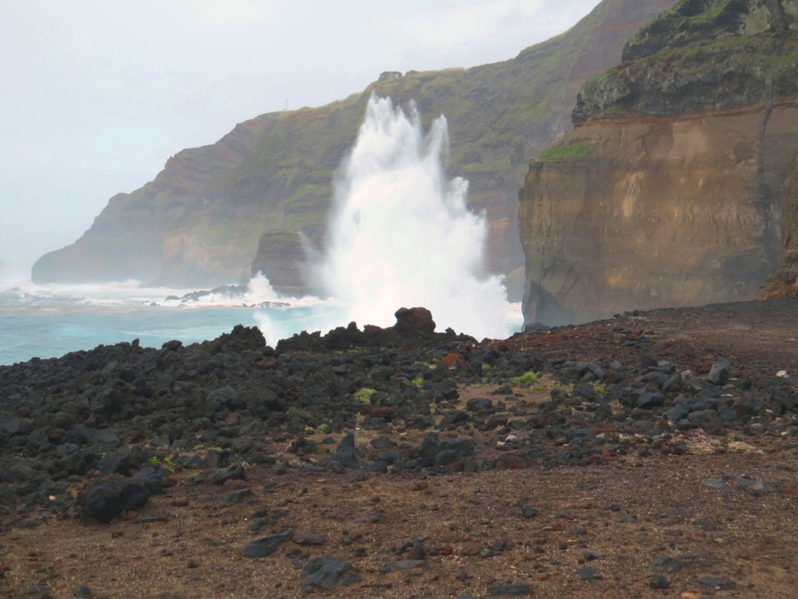
A soft, white sandy beach on a lush green island is probably the vision many people have of their perfect coastal vacation. Eight hundred and fifty miles west of Portugal and 2400 miles east of Boston lies the lush island of São Miguel in the Azores. It is one of nine islands making up an archipelago spread across 300 miles of the North Atlantic Ocean.
The natural bridges of Santa Cruz County; By Gary Griggs

While most coastlines often appear to be stable and permanent over the short time span of our visits, and some are, there are many others where the materials making up the coastal bluffs or cliffs are no match for the forces the sea exerts…Over time, the ocean always wins. In baseball terms, Mother Nature always bats last.
Englands’ Jurassic Coast; By Gary Griggs
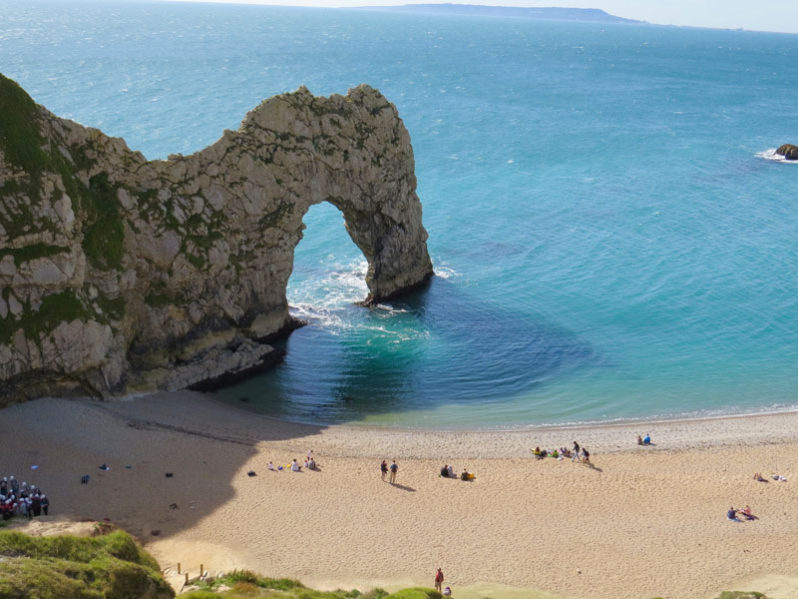
In 2001, ninety-six miles of the south coast of England along the English Channel was designated as a World Heritage Site. This picturesque stretch of cliffs and beaches extends from Exmouth on the east to Studland Bay on the west.
Beach cusps: shoreline symmetry; By Gary Griggs
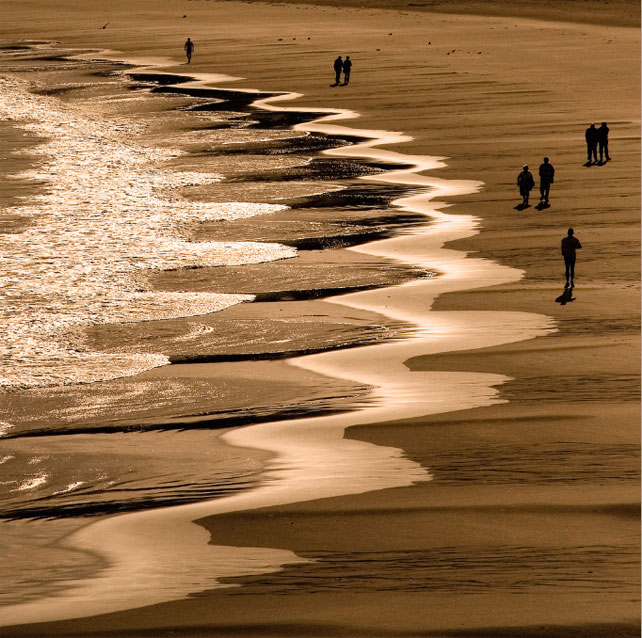
There are many strikingly regular patterns in nature that have long intrigued scientists and non-scientists alike. Beach cusps are one of these.
Bowling Ball Beach, Mendocino Coast, California; By Gary Griggs

California has over 300 miles of beaches, those that most residents and visitors think about are the ones consisting of find-grained white sand. But there are also some interesting anomalies. One of California’s strangest beaches sits 30 miles south of the picturesque north coast town of Mendocino…
